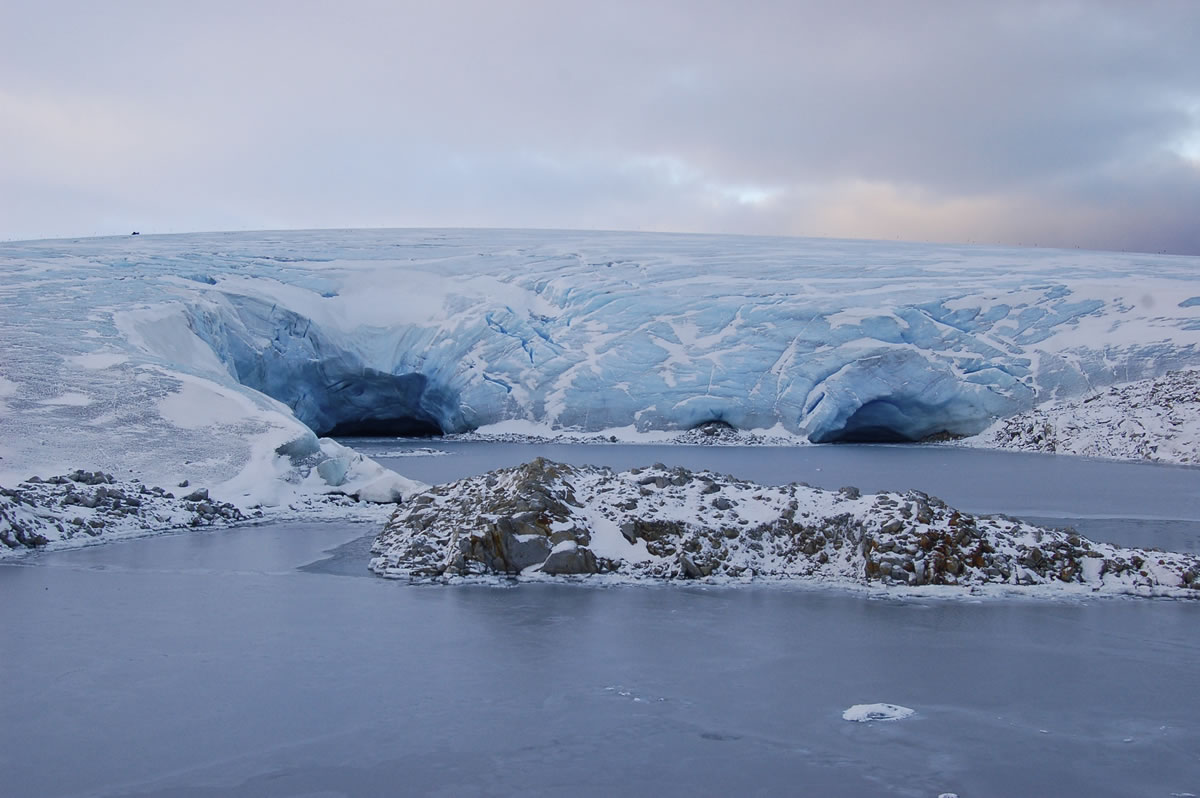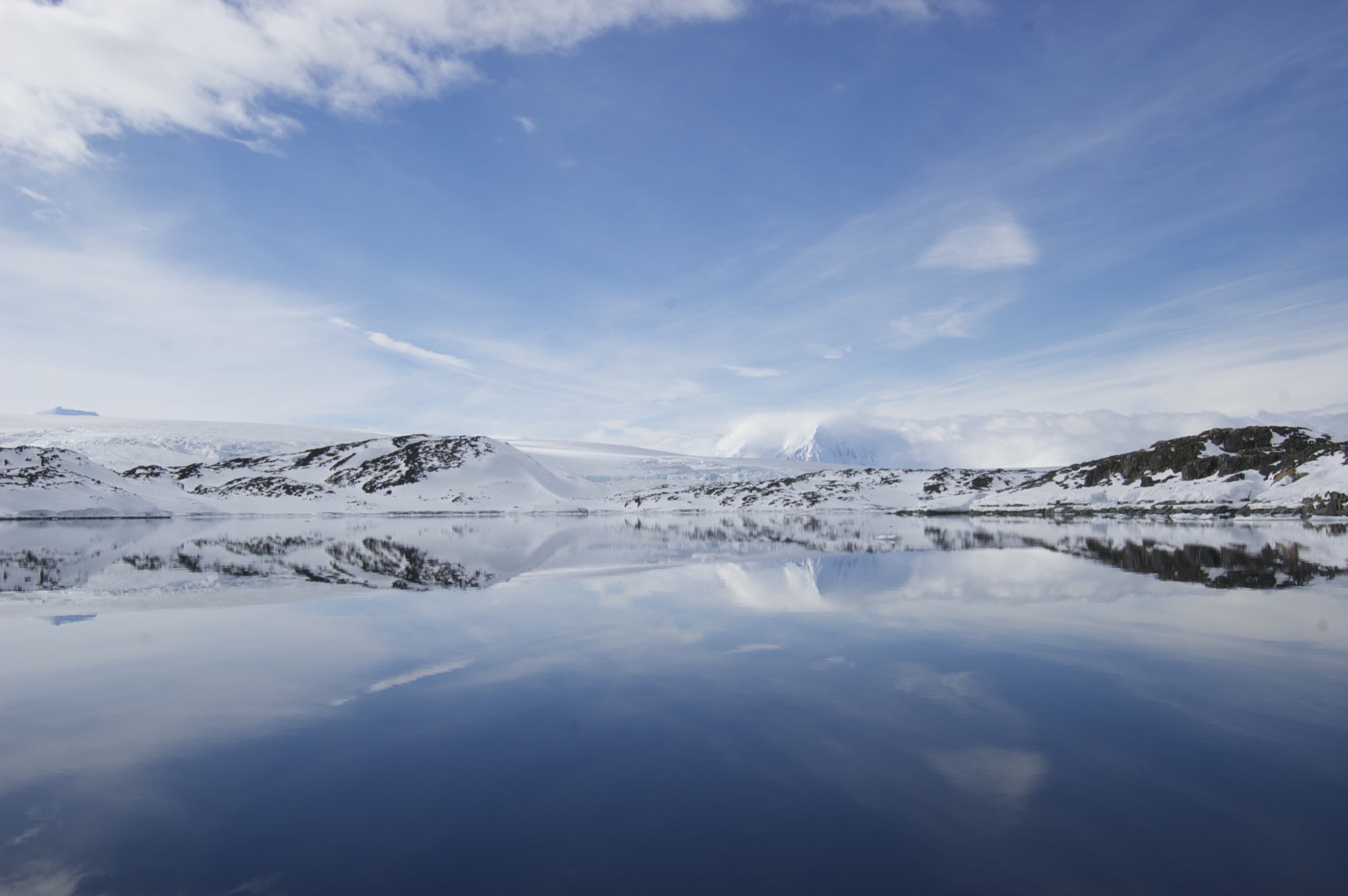When Nelson, 23, told her parents that she could spend five months researching icefish in Antarctica, but it would mean graduating a few months later than planned, her mom, Karen Nelson, said: “Go for it! It’s a once-in-a-lifetime opportunity.”
In May, Nelson flew to Santiago, Chile, and then to Punta Arenas, at the country’s southern tip, at the foot of the Chilean Andes. There she was outfitted with gear and clothing needed to withstand the extreme winter weather of Antarctica.
Antarctica was in the news recently thanks to an international rescue effort. The 52 passengers of the Russian ship MV Akademik Shokalsi, stranded in Antarctica ice since Christmas Eve, were rescued Thursday via a helicopter which transported them to an Australian icebreaker, then a small boat and finally an Australian ship. The Russian ship left New Zealand Nov. 28, but a blizzard froze it in place about 1,700 miles south of Hobart, Tasmania. Previous rescue attempts by icebreakers failed, getting within 12 miles of the stranded ship. In some places, the ice was 10 feet thick. The rescued scientists and tourists will reach the Australian island state of Tasmania in about two weeks.
From a pier jutting into the Straits of Magellan, Nelson boarded the 250-foot ice-resistant vessel the RV Laurence M. Gould for the final leg of her journey, 647 nautical miles, the equivalent of 744 land miles. It took four days.





